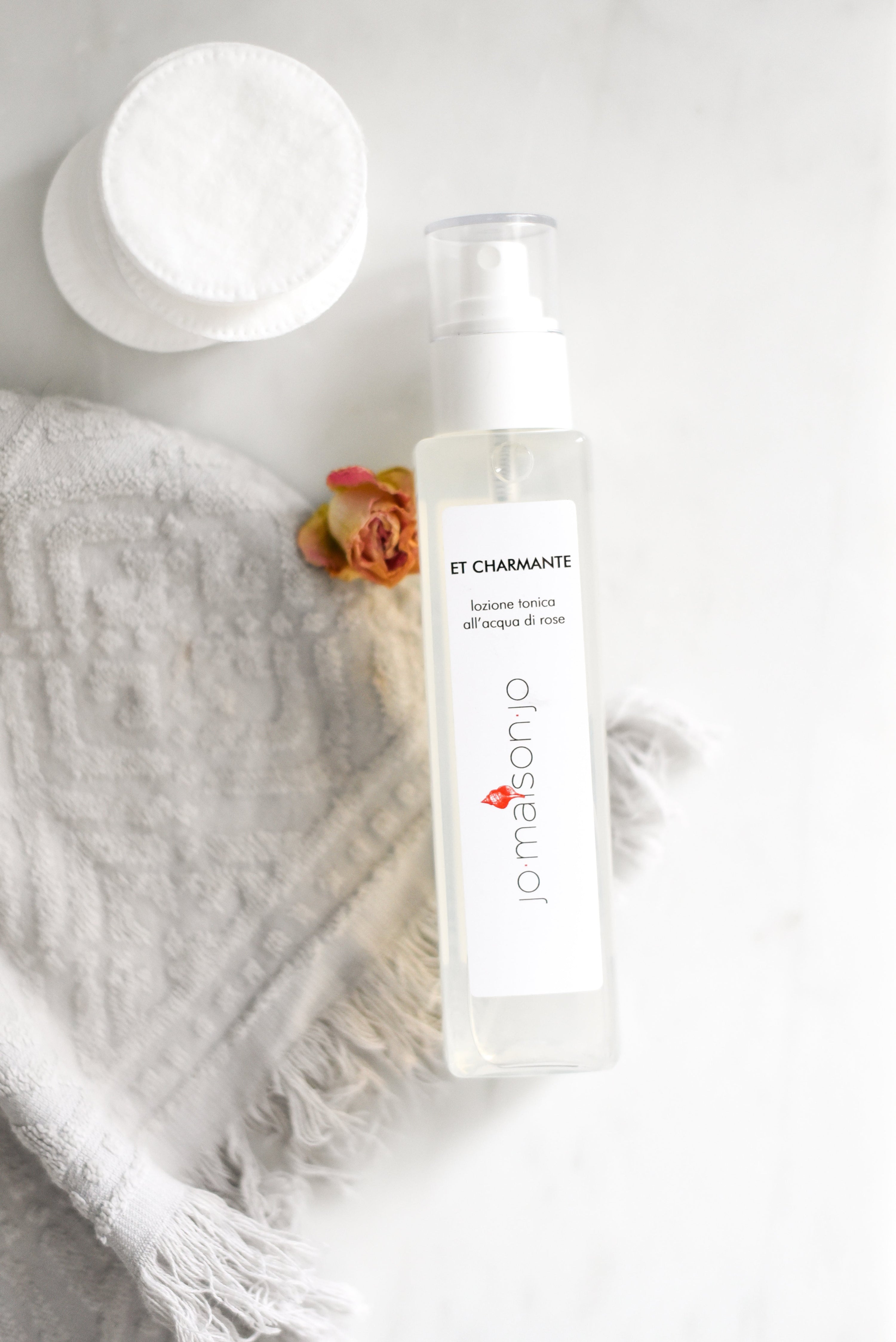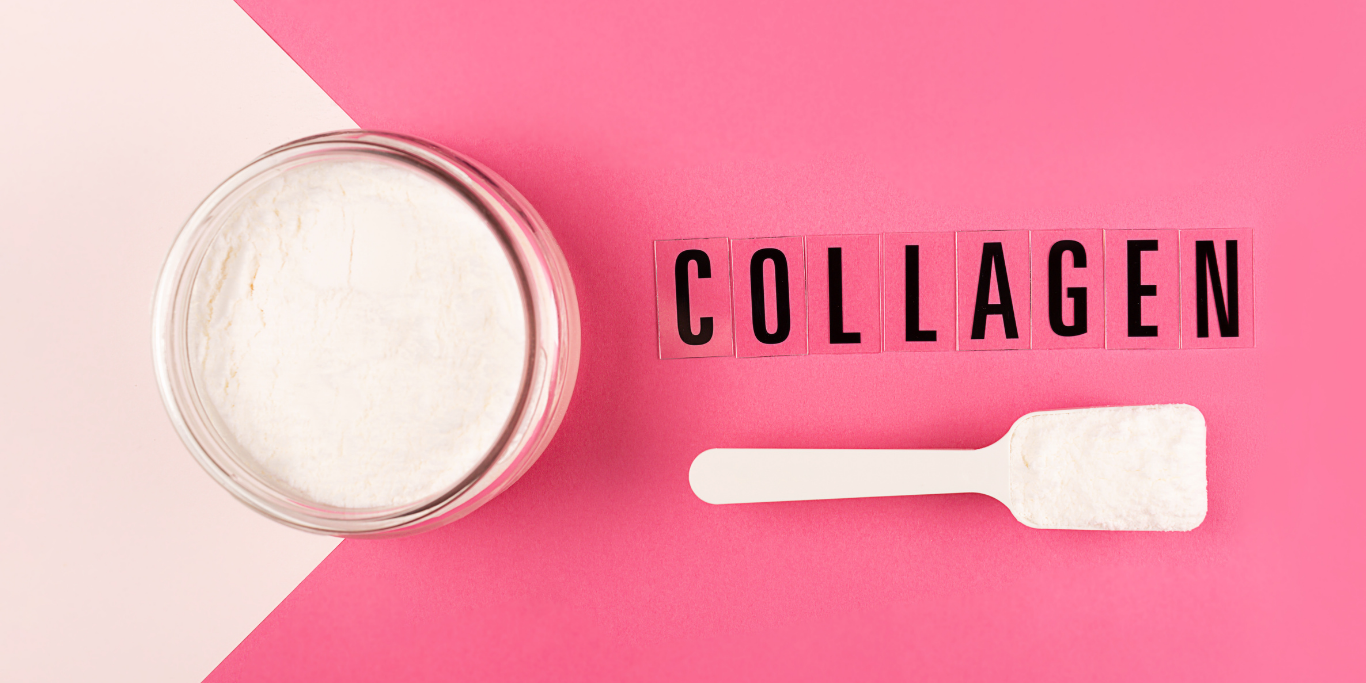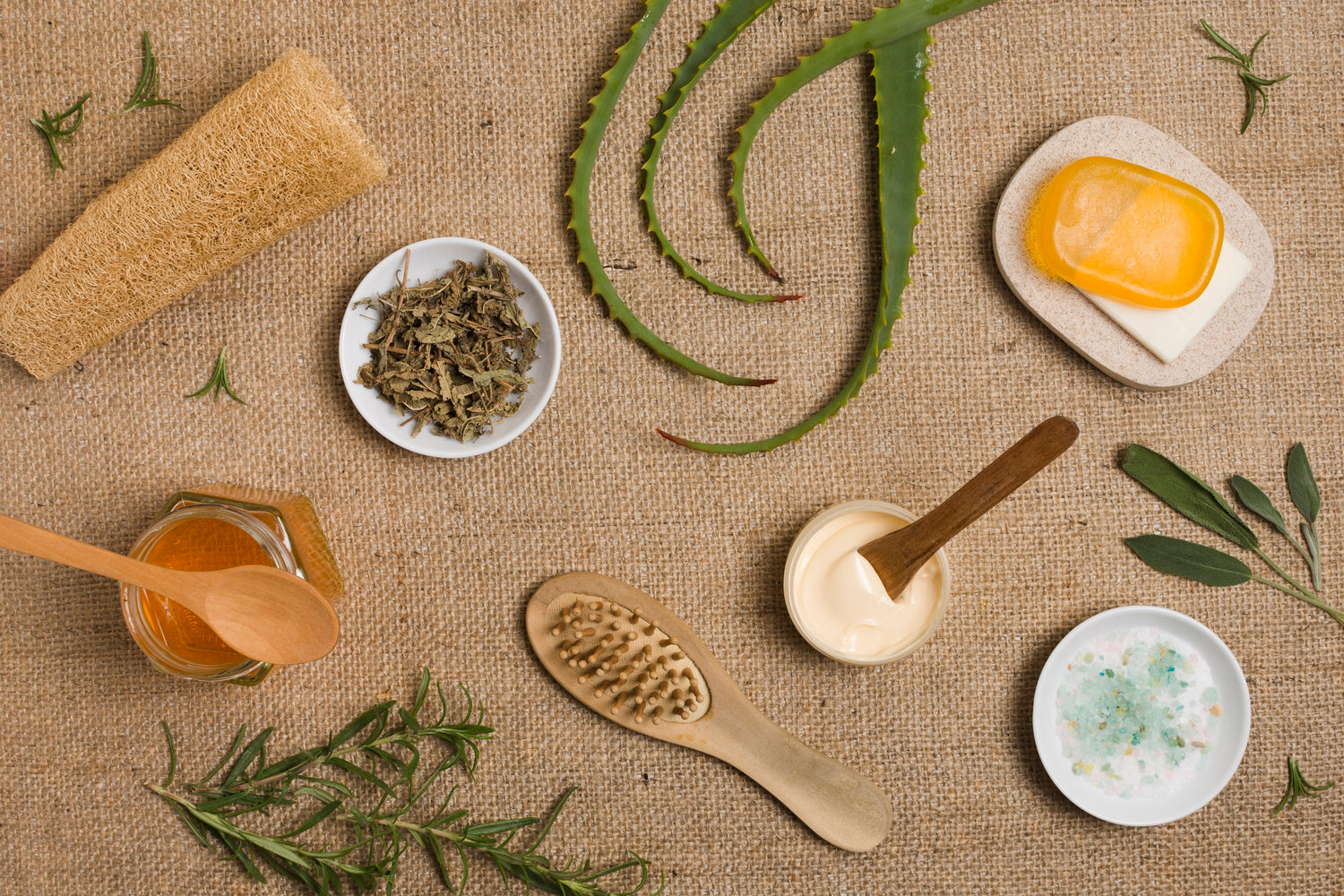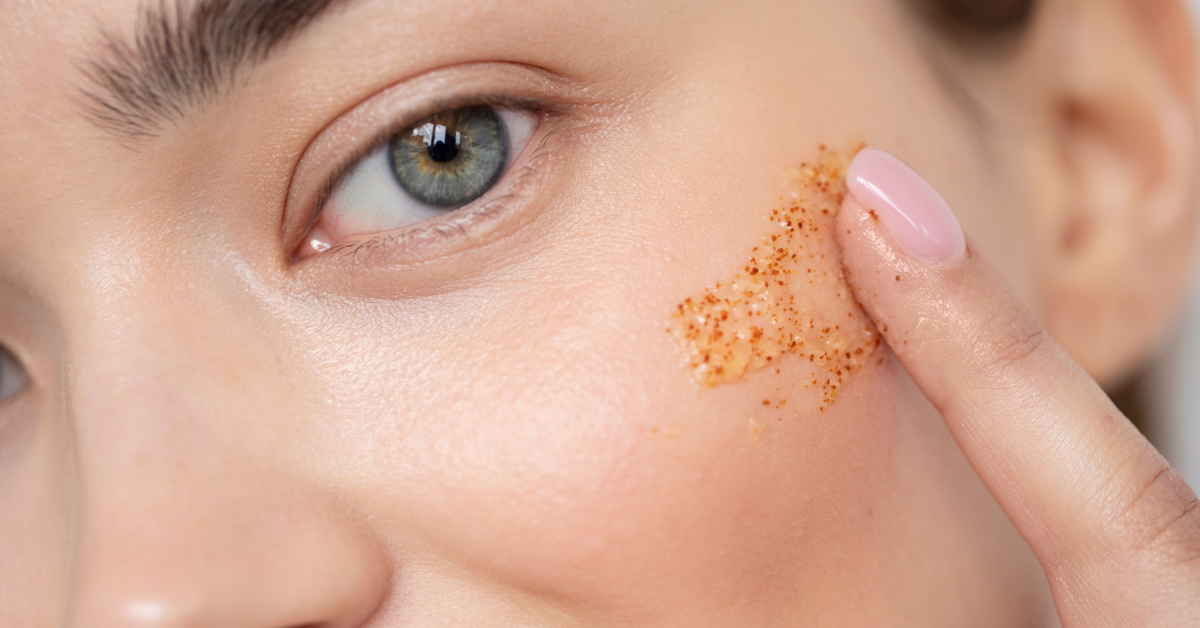Often, tonic is considered an optional element of a correct daily beauty routine, but will it be so?
Yes, we are right in front of a "shakespearean dilemma": tonic yes or tonic no? Is it a mere commercial gimmick or a product that has its own specific and important role in the practice of facial cleansing? Often in the world of cleansing you can have somewhat conflicting opinions to support one or the other thesis and then we just try to clarify, dealing with understanding the nature and real function of the tonic itself.
Surely many of us will happen to forget its use when we are preparing to clean our skin, in some cases then consider it as an ornament, in short the cinderella of cleaning products.
But then what is a tonic?
It is a liquid detergent used to complete the cleansing treatments of the face, the second step in the removal phase of the make up, after the use of cleansing milk or similar.
The tonic in fact allows you to eliminate the residues of makeup and milk, restores the skin’s pH altered by removing impurities and helps to breathe the skin, to oxygenate it as well as to close its pores. In addition, depending on the components it contains, it has a refreshing, purifying, soothing, decongestant, humectant and astringent action. Last but not least, it predisposes the skin to a better absorption of treatments that will be applied later.
From a chemical point of view it is an aqueous or hydroalcoholic solution, containing generally 1 to 5% wetting agents, 1-10% functional substances mostly of vegetable origin.
Water base can be simple distilled water or precious aromatic distilled waters of rose, orange flowers, hamamelis, chamomile, lime, mallow and burdock.
Alcohol in not excessive concentrations (up to 10%), which better solubilizes the essences present and gives refreshing and astringent action.
Wetting agents such as glycerol, sorbitol, mannitol.
Acidifiers or substances that allow the tonic to have an isoepidermal ph (eg citric acid, lactic).
Functional substances: give the tonic specific characteristics depending on the type of skin. We recall various plant extracts, but also urea, allantoin, protein derivatives, vitamins and AHA.
How to choose the most suitable tonic?
To choose the right tonic, it is essential to know your skin type. If we have a fat and oily skin will be useful an alcoholic formulation with astringent plant extracts and sebum-balancing. If the skin is dry no alcohol, but plant extracts rich in mucilage such as aloe and mallow, calendula to name a few. Moving to sensitive skin and/ or with couperose better orient on alcohol free formulations with plant elements with softening action, refreshing such as chamomile, lime, melissa etc..
Mature skins need instead the use of a tonic with elasticizing and firming extracts including horsetail, echinacea and ginseng, with the addition of illuminants and refreshing if we have a dull complexion (menthol, lemon, sage).
Following what was said above, it seems that the tonic is a fundamental element to be included in a daily beauty routine correct and effective, but if there were still someone skeptical about it, there is nothing left but... try to believe! Try our Et Charmante





